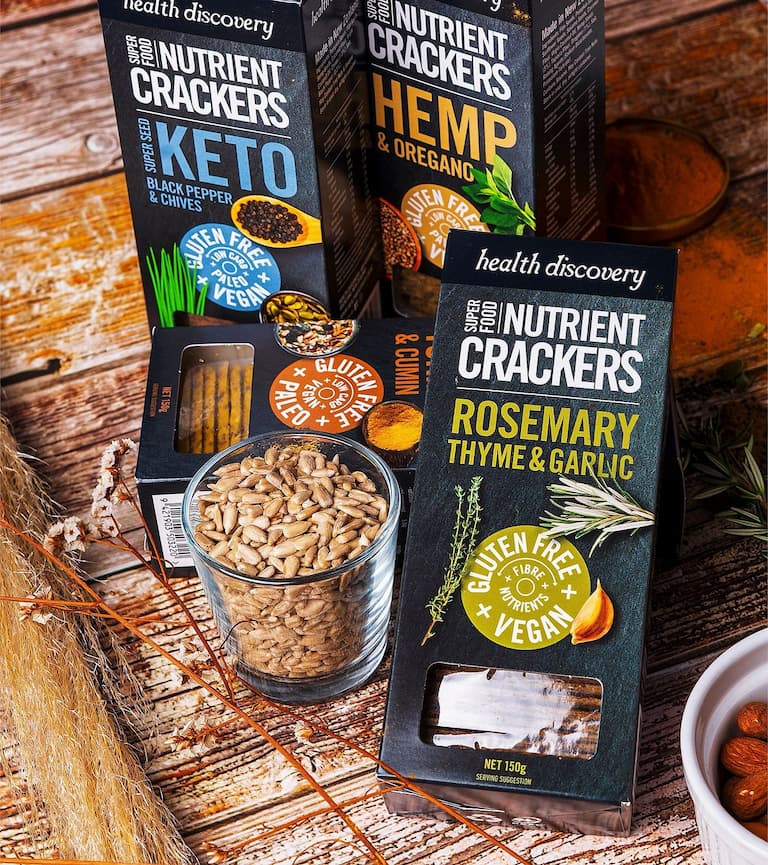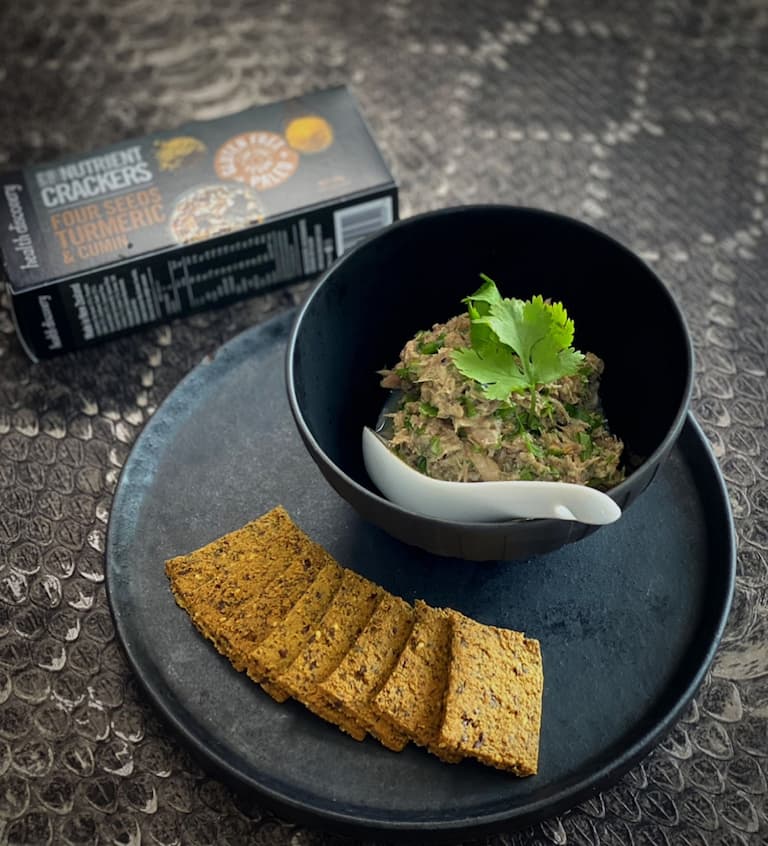Contents
Snacks are sometimes regarded as excess or empty calories in a diet. But if chosen smartly, snacks can, in fact, help improve your diet and weight-loss program. Eating a treat in the middle of the day is known to help manage hunger and prevent overeating at meals. According to dietitians, clients often relate that having an afternoon snack is one of the most critical keys to weight reduction success.
As a result, they aren’t starving when they get home at the end of the day and don’t eat a meal’s worth of calories before dinner. Between-meal snacks also help prevent fatigue by providing a source of fuel when blood glucose levels drop and concentration wanes.
When it comes to healthy snacks, crackers can be a great option. Not only do they taste delicious, but crackers with the right nutrient content can even boost your health. Here is what you need to know to choose healthy crackers that can benefit your well-being.
Look for Whole Grain Crackers

In the group of healthy crackers, you will find farro, brown rice, teff, and whole wheat grains as well as amaranth and quinoa, which are technically seeds but count as grains. These healthy carbs contain phytonutrients and fibre, which have been associated with a lower risk of cardiovascular disease, colorectal cancer, and stroke, as well as a lower risk of type 2 diabetes.
Refined white flour gets devoid of these essential elements throughout the refining process. For this reason, you should choose a cracker that has exclusively whole grains or whole grains as the first ingredient. For example, swap four crackers made with refined white flour for four reduced-fat ones made with 100% whole-grain wheat and the fibre content increases from less than 1 gram to roughly 3 grams while the calorie count remains about the same (60 vs. 73).
To find how “whole grain” a cracker truly is, make sure to check the ingredient list. A whole-grain cracker may have “whole wheat” stamped in large font on the front of the packaging, but a closer inspection may reveal the words “baked with” just above. White flour can be the main ingredient and the cracker can have less than 1 gram of fibre—roughly the same as the original crackers. So, keep an eye out for multigrain versions as well. They aren’t always 100% whole grain or even have whole grains listed first.
Keep an Eye on the Sodium, Sugar and Fat Content
While crackers do not contain as much sodium as some other packaged foods, they can nonetheless provide more of the mineral than you realize. Research has shown that their sodium content can range from 90 to 280 mg per serving, while the sugar content can range from 0 to 6 grams. Sugar, corn syrup, high fructose corn syrup, malt syrup, and dextrose are common added sugars in crackers.
We all need fat, but it’s critical to understand why. Saturated and trans fats are hazardous for us because they clog our arteries if given the chance. The former are included in the saturated fat amount but they are not listed on packets.
So, as long as it’s good fat, eating a lot of it is fine for people who need to gain weight or find it difficult to maintain weight. But for those looking to shred some kilos, low-fat crackers are a far better alternative. The majority of products available on the market are 20-30% fat, but there are plenty that has less than 10%.
Make Sure There Is No Artificial Preservatives or Artificial Colours

To maintain “freshness,” many diet crackers use vitamin E, a natural preservative. However, some cracker brands contain butylated hydroxytoluene (BHT), a synthetic antioxidant that, while certified safe by the FDA, is classified carcinogenic by the Department of Health and Human Services. With non-synthetic antioxidants (such as tocopherol) readily available, it is best to avoid foods containing BHT.
Despite the fact that only trace amounts of artificial colouring are used in baked goods such as crackers, it is best to avoid products containing any artificial food colouring. Although the FDA considers artificial food colouring to be safe, some people have reported unfavourable reactions to it.
Keep Track of Portion Sizes and Choose Your Toppings Wisely
If you stick to the suggested serving sizes, crackers won’t do much harm to your diet. Calories in a single cracker can range from 5 to 40. Choose a thin or little cracker if larger servings help you feel more content and prevent overeating.
When it comes to toppings, consider what you’re trying to accomplish nutritionally. If you’re looking for a snack that will help you lose weight or maintain your weight, go for a lean protein topping such as tuna fish or hummus. These foods will help you feel full without adding a lot of calories.
What you put on crackers can easily send you over your calorie, fat, and salt limits. For example, 14 grams of Brie cheese contains 50 calories, 4 grams of fat, and 90 milligrams of salt. Choose healthier dips and toppings instead.

